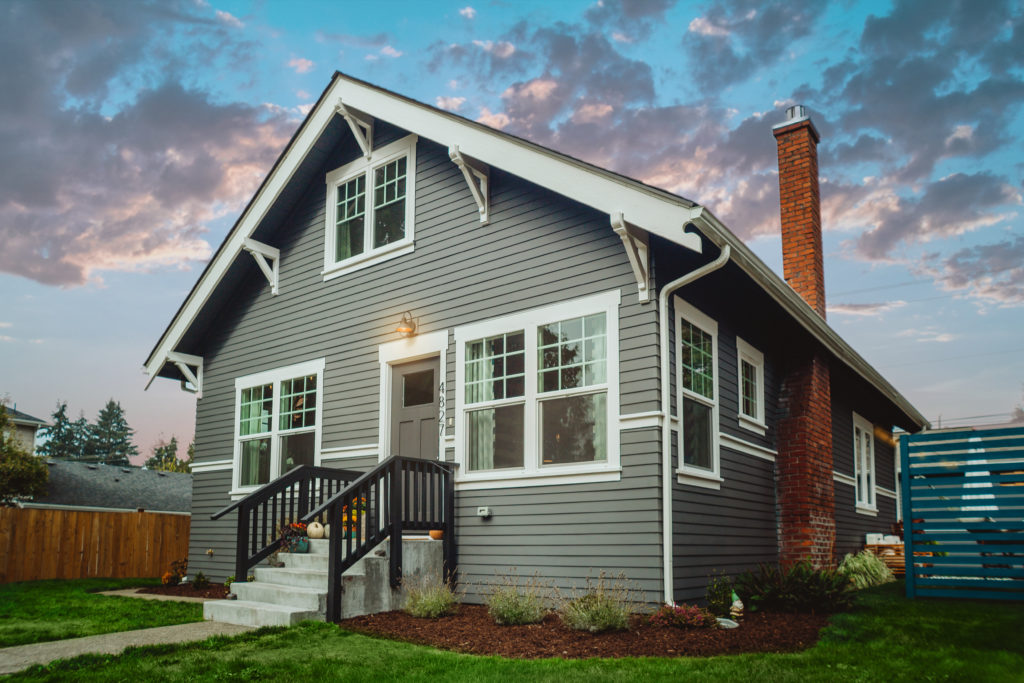6.27.22
How Adjustable-Rate Mortgages Work

Learn the basics of ARMs, their pros and cons, and whether one might be right for you.
While homeowners enjoyed exceptionally low, fixed mortgage rates over the last few years, adjustable-rate mortgages (ARMs) were largely ignored. Now that interest rates are rising, there’s renewed interest in ARMs. The lower initial rate of an ARM could help homeowners save on interest payments, especially those who don’t plan to keep their home for very long. Here’s what you need to know about ARMs.
How ARMs work
There are several types of ARMs, but what they all have in common is that they start at an initial rate, sometimes called a teaser rate, that’s lower than a 30-year fixed rate mortgage. Then, periodically the rate is adjusted in accordance with a benchmark, such as the prime rate, plus an agreed-upon margin. The new rate could be higher or lower than the loan’s original rate. It depends on market conditions when the rate is adjusted. Also, ARMS typically come with limits on how much the rate can go up or down.
To see how an ARM works, let’s look at a typical 5/1 ARM. This loan is a 30-year mortgage that starts with a fixed-rate for the first five years. For the next 25 years, the interest rate is adjusted once each year. The increase can be up to 2.00% each year, with a cap of 5.00% over the course of the entire loan. There is also a minimum interest rate.
If our 5/1 example starts at 3.90%, that will be the locked-in interest rate for the first five years. If at the end of the fifth year, the prime rate has increased, the new rate could be as much as 5.90%. Over the life of the loan, it’s possible that the rate could increase to 8.90%. If the benchmark rate goes down, the rate could also decrease.
ARMs come in many varieties, including fixed-rate periods of one, three, five, seven or ten years. Rate adjustments are typically made once a year or every six months. For example, a 7/6 ARM has an initial fixed rate for the first 7 years and is adjusted every six months for the remainder of the loan.
Pros and cons of ARMs
With their variable rate, some homebuyers wonder, “Are adjustable rate mortgages bad?” It’s not a matter of good or bad. A better question might be, “What are the pros and cons of adjustable-rate mortgages?”
Let’s start with the pros. ARMs could allow you to save money, potentially thousands of dollars, during the initial rate period. The lower initial rate could allow you the opportunity to purchase a bigger mortgage or a house in a better location. Plus, the rate has the potential to decrease if the benchmark rate goes down.
Now the cons. It’s harder to budget when your home loan’s interest rate is subject to change. If the interest rate goes up and you don’t have the income to cover an upward adjustment, you could face a financial crisis.
Before the 2008 market crash, some homebuyers exclusively used interest-only ARMs. Some folks with these loans saw home values drop drastically and ended up owing more on their homes than they were worth. Unfortunately this led to many home foreclosures. However, regulations and stricter underwriting standards have been put in place to help prevent this from happening again on such a large scale.
Is an ARM right for you?
Some people see ARMs as a great way to save money, especially if they plan to move or earn more before the initial fixed-rate period ends. Other folks perceive ARMs as riskier than a conventional 30- or 15-year mortgage because of the potential for an increased interest rate. Certainly, an ARM isn’t right for everyone. However, they’re a valuable financing tool for many homeowners who understand the pros and cons, and want to take advantage of lower interest rates at the beginning of the loan.
If you’d like expert advice on whether an ARM or traditional home mortgage is right for you, talk to one of our mortgage loan officers. They’ll answer all your questions so you can make the choice that’s best for you.
Examples are for illustrative purposes only. All loans subject to approval. Rates, terms, and conditions are subject to change and may vary based on credit worthiness, qualifications, and collateral conditions.
![]()



